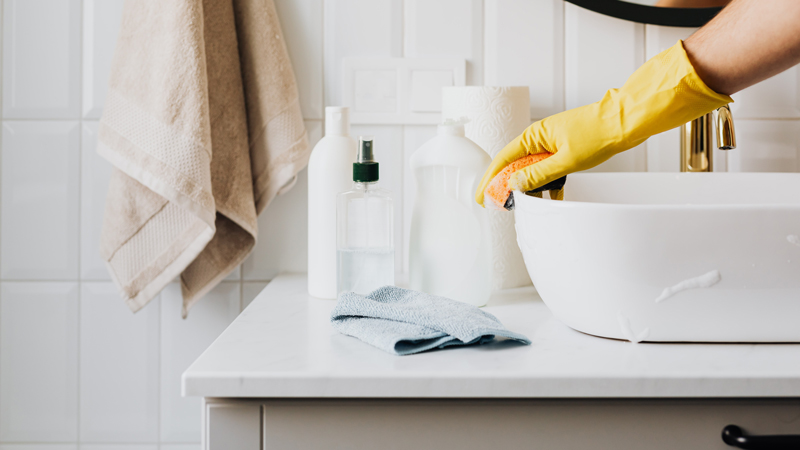MAKING HOMES HEALTHIER FOR FAMILIES
Which would you choose: to live in a home you could afford, or one that is healthy for your family? Sadly, too many families in America are forced with that decision every day.
“Healthy Homes” is a century-old concept that promotes safe, decent, and sanitary housing as a means for preventing disease and injury. There is a lot of emerging scientific evidence linking health outcomes such as asthma, lead poisoning, and unintentional injuries to substandard housing. And, there are more than 6 million substandard housing units nationwide. Help Yourself to a Healthy Home provides valuable information to assist in making your home healthier for you and your family.
But it’s not just older homes that contain hazards. Even newer expensive homes may have hazards lurking within. Creating healthier housing promotes the healthy growth and development of children and has the potential to save billions in health care costs. Everyone needs a healthy home and some of the most serious health problems for children start in their home. There are special reasons to think about children:
- Children’s bodies are still growing.
- For their size, children eat more food, drink more water and breathe more air than adults.
- Children play and crawl on the ground and put their fingers into their mouths.
- Children depend on adults to make their homes safe.
So what can you do?
Fortunately there are some really simple ways to help make your home a healthier place for you and your family. By following the Eight Healthy Homes Principles below, you can help make your home a healthier place to live in.
Follow the Eight Healthy Homes Principles
1. Keep it Dry
Prevent water from entering your home through leaks in roofing systems, rain water from entering the home due to poor drainage, and check your interior plumbing for any leaking.2. Keep it Clean
Control the source of dust and contaminants, creating smooth and cleanable surfaces, reducing clutter, and using effective wet-cleaning methods.3. Keep it Safe
Store poisons out of the reach of children and properly label. Secure loose rugs and keep children’s play areas free from hard or sharp surfaces. Install smoke and carbon monoxide detectors and keep fire extinguishers on hand.4. Keep it Well-Ventilated
Ventilate bathrooms and kitchens and use whole house ventilation for supplying fresh air to reduce the concentration of contaminants in the home.5. Keep it Pest-free
All pests look for food, water and shelter. Seal cracks and openings throughout the home; store food in pest-resistant containers. If needed, use sticky-traps and baits in closed containers, along with least toxic pesticides such as boric acid powder.6. Keep it Contaminant-free
Reduce lead-related hazards in pre-1978 homes by fixing deteriorated paint, and keeping floors and window areas clean using wet-cleaning approach. Test your home for radon, a naturally occurring dangerous gas that enters homes through soil, crawlspaces, and foundation crack. Install a radon removal system if levels above the EPA action-level are detected.7. Keep your home Maintained
Inspect, clean and repair your home routinely. Take care of minor repairs and problems before they become large repairs and problems8. Thermally Controlled
Houses that do not maintain adequate temperatures may place the safety of residents at increased risk from exposure to extreme cold or heat.

 Facebook
Facebook
 X
X
 Pinterest
Pinterest
 Copy Link
Copy Link




